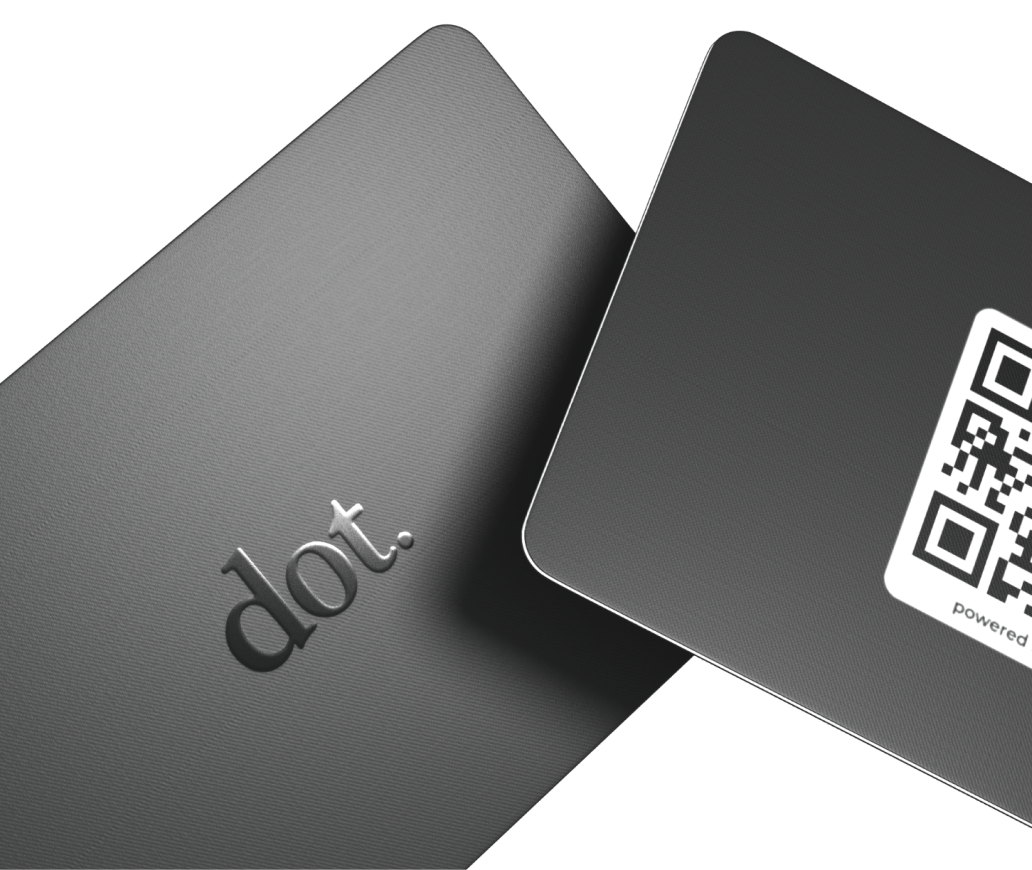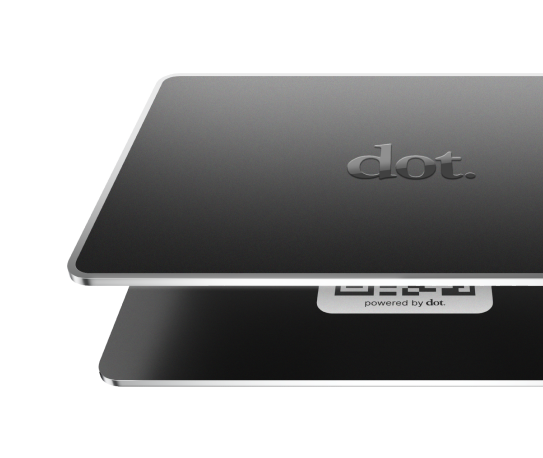Business conferences have undergone a remarkable transformation in recent times, fueled by advancements in technology and the increasing trend of remote work. Traditional in-person conferences are now being complemented, and in some cases replaced, by virtual events and hybrid experiences. These innovative formats have revolutionized the way professionals connect, collaborate, and learn. In this article, we will explore the changing landscape of business conferences and delve into the potential of virtual events and hybrid experiences in adapting to the needs of today's businesses.
The Rise of Virtual Events: Breaking Down Geographical Barriers
Virtual Events Defined
Virtual events are dynamic online gatherings that leverage digital platforms to bring together professionals from diverse locations. Unlike traditional in-person conferences, virtual events enable participants to engage and interact remotely, creating a rich and immersive experience. These events utilize a range of technological tools, such as live streaming, video conferencing, and interactive chat features, to replicate the essence of a physical conference in a virtual environment.
-
Live Streaming
Live streaming is a key component of virtual events. Organizers can broadcast keynote speeches, panel discussions, and presentations in real-time, allowing participants to tune in from anywhere in the world. Live streaming captures the energy and spontaneity of an in-person event, fostering a sense of engagement and immediacy.
-
Interactive Presentations
Virtual events go beyond passive content consumption. Presenters can utilize interactive tools, such as polls, quizzes, and surveys, to actively involve the audience. These features encourage participation, gather real-time feedback, and create an engaging and interactive environment for attendees.
-
Virtual Networking
Networking is an integral part of conferences, and virtual events provide innovative solutions to facilitate connections. Digital platforms offer dedicated networking spaces where attendees can engage in discussions, join interest-based groups, and interact through private messaging. Virtual networking allows professionals to expand their network, collaborate on projects, and exchange ideas with like-minded individuals.
-
On-Demand Content
One of the advantages of virtual events is the ability to provide on-demand access to content. Recorded sessions, presentations, and resources can be made available after the event, allowing participants to revisit and review the content at their convenience. This flexibility ensures that attendees can extract maximum value from the event by accessing the material that is most relevant to their interests and needs.
-
Virtual Exhibitions and Sponsorships
Virtual events also offer opportunities for exhibitors and sponsors to showcase their products and services. Virtual exhibition halls simulate the experience of browsing physical booths, providing attendees with a comprehensive view of the offerings. Exhibitors can use multimedia content, product demonstrations, and interactive chat features to engage with potential customers in a virtual environment.
Virtual events have proven to be effective in bringing professionals together, fostering knowledge sharing, and facilitating meaningful connections. The interactive nature of these events, combined with their accessibility and flexibility, make them an attractive option for businesses looking to adapt to the changing landscape of conferences. By harnessing the power of technology, virtual events redefine the boundaries of collaboration, enabling professionals to network, learn, and grow from anywhere in the world.
Overcoming Geographical Constraints
One of the significant advantages of virtual events is their ability to transcend geographical limitations. Attendees no longer need to travel long distances or incur expenses to participate. This inclusivity allows professionals from around the world to engage in valuable discussions, share insights, and expand their networks without leaving their desks.
Cost and Time Efficiency
Virtual events offer cost-effective solutions for both organizers and attendees. Without the need for venue rentals, accommodation, and travel expenses, organizers can allocate their budgets more efficiently. Similarly, participants can save on travel costs and time, as they can access the event from the comfort of their own offices or homes. This cost and time efficiency make virtual events an attractive option for businesses of all sizes.
Enhancing Engagement and Interactivity
Contrary to popular belief, virtual events can be highly engaging and interactive. Through live chat features, Q&A sessions, polls, and breakout rooms, attendees can actively participate, ask questions, and collaborate with speakers and fellow participants. Moreover, digital platforms often provide post-event resources and recordings, allowing attendees to revisit sessions they may have missed or need to review.
The Hybrid Experience: The Best of Both Worlds
What is a Hybrid Experience?
A hybrid experience represents a blend of in-person and virtual elements, combining the benefits of physical interaction with the flexibility and reach of digital platforms. In a hybrid event, organizers create an environment where attendees can choose to participate either in person or remotely, catering to a diverse range of preferences and circumstances.
-
In-Person Attendees
In a hybrid experience, some participants choose to attend the event in person, gathering at a designated physical location such as a conference center or venue. These attendees have the opportunity to engage in face-to-face interactions, network with peers, and experience the energy and atmosphere of a traditional conference. In-person attendees can attend keynote speeches, panel discussions, workshops, and social events, making personal connections and immersing themselves in the physical environment.
-
Virtual Participants
Hybrid experiences also extend participation to individuals who cannot attend the event physically or prefer the convenience of a remote experience. Virtual participants connect to the event through digital platforms that provide live streaming of sessions, interactive features, and networking opportunities. They can join sessions virtually, interact with speakers and other attendees through chat functionalities, and access resources and recordings after the event. Virtual participants benefit from the ability to engage with the content and network with professionals from the comfort of their own location, regardless of geographical constraints.
-
Seamless Integration
One of the key aspects of a successful hybrid experience is the seamless integration of the in-person and virtual components. Organizers use technology to bridge the gap between physical and digital spaces, ensuring that both sets of attendees have a cohesive and engaging experience. This integration involves live streaming sessions, providing interactive tools for virtual participants, and enabling communication and collaboration between in-person and virtual attendees.
-
Networking Opportunities
Hybrid experiences amplify networking opportunities by combining in-person and virtual networking activities. In-person attendees have the advantage of face-to-face interactions, connecting with fellow professionals during breaks, meals, and social events. Simultaneously, virtual participants can engage in dedicated virtual networking spaces, participate in virtual meetups, and leverage digital platforms to connect with speakers and other virtual attendees. This hybrid approach expands the scope of networking, facilitating connections on a larger scale and enabling professionals to forge valuable relationships that transcend physical boundaries.
-
Content Accessibility
Hybrid experiences address the challenge of limited capacity and accessibility associated with physical conferences. By incorporating virtual elements, organizers can accommodate a larger audience and make content more accessible to all participants. Sessions and workshops can be streamed live to virtual attendees, who can actively participate, ask questions, and provide feedback. Additionally, recordings of sessions can be made available on-demand, allowing both in-person and virtual attendees to access and review content they may have missed or wish to revisit.
Hybrid experiences provide the best of both worlds, offering the benefits of physical interaction and networking while leveraging the advantages of virtual accessibility and flexibility. This format allows businesses to extend the reach of their conferences, accommodate diverse preferences and circumstances, and create inclusive environments that foster collaboration and knowledge sharing. By seamlessly blending physical and digital elements, hybrid experiences shape the future of conferences, enabling professionals to connect and engage in meaningful ways.
Flexibility and Reach
Hybrid experiences provide organizers with the flexibility to design events that cater to different preferences. Attendees can choose to participate in person or remotely, based on their individual circumstances and needs. This flexibility extends the reach of the event, as it accommodates those who cannot travel or prefer the convenience of a virtual experience.
Expanding Networking Opportunities
Networking plays a crucial role in conferences, and hybrid experiences foster connections on a larger scale. Physical attendees can engage in face-to-face interactions, while virtual participants can connect through dedicated networking platforms, virtual meetups, or even one-on-one video calls. This hybrid approach amplifies networking opportunities, allowing professionals to forge new relationships and collaborations.
Maximizing Content Accessibility
Hybrid experiences address the challenge of content accessibility. By leveraging virtual components, organizers can provide remote access to sessions and workshops that may have limited physical capacity. This ensures that valuable content reaches a broader audience, maximizing the impact and knowledge-sharing potential of the event.
Remote, Hybrid, and You
The evolution of business conferences into virtual events and hybrid experiences has brought about a paradigm shift in the way professionals connect, collaborate, and learn. These innovative formats have proven their value by breaking down geographical barriers, providing cost and time efficiency, enhancing engagement, and expanding networking opportunities. The ability to adapt to the changing landscape of conferences is crucial for businesses seeking to thrive in a dynamic and interconnected world.
Through virtual events, professionals can transcend physical limitations and participate in global discussions, accessing valuable content and networking opportunities without the need for travel. The interactive nature of these events ensures active engagement, enabling attendees to actively contribute, ask questions, and exchange ideas with industry experts and peers.
Hybrid experiences take this adaptability to another level, seamlessly integrating in-person and virtual elements. By offering the choice between physical attendance and remote participation, hybrid experiences cater to diverse preferences and circumstances, creating inclusive environments that foster collaboration and networking on a larger scale. This format maximizes content accessibility, enabling both in-person and virtual attendees to access sessions, workshops, and resources at their convenience.
The value of embracing virtual events and hybrid experiences lies in their ability to connect professionals, facilitate knowledge sharing, and create opportunities for growth and collaboration. By leveraging technology and reimagining traditional conference formats, businesses can overcome geographical barriers, improve cost efficiency, and reach a broader audience, all while providing engaging and interactive experiences for participants.
As the landscape of business conferences continues to evolve, staying abreast of emerging trends and embracing innovative formats becomes increasingly important. By harnessing the potential of virtual events and hybrid experiences, businesses can unlock new possibilities, expand their networks, and adapt to the changing needs of professionals in an ever-evolving world.
In the end, the future of business conferences lies in the convergence of physical and digital realms, allowing professionals to connect, learn, and collaborate in ways that were previously unimaginable. By embracing the potential of virtual events and hybrid experiences, businesses can position themselves at the forefront of innovation, ensuring continued growth, and relevance in an increasingly interconnected and dynamic landscape.










































